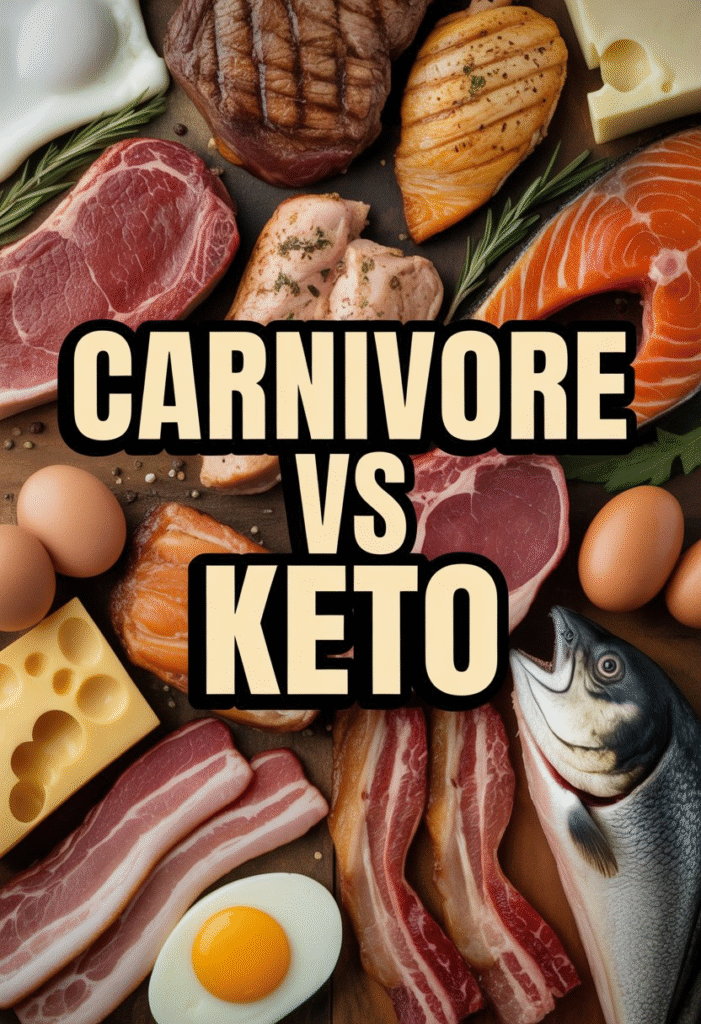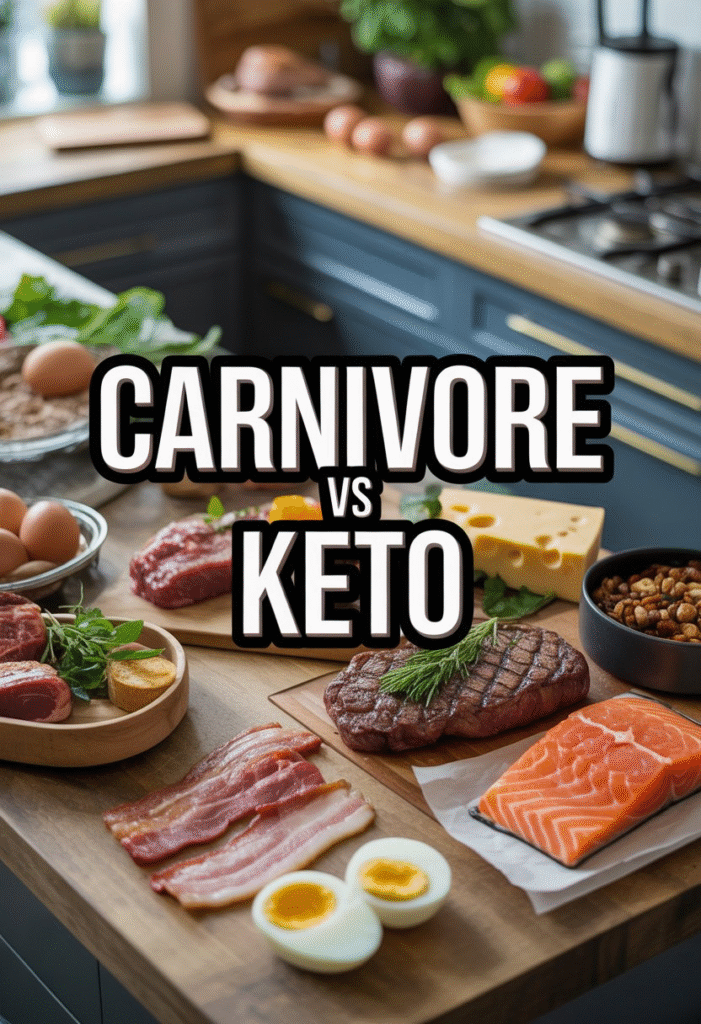Carnivore Diet vs Keto: Which Low-Carb Plan Works Better for You?
If you’re curious about whether the Carnivore diet or Keto fits you better, it really comes down to how strict you want to get with your meals. The Carnivore diet sticks to animal products only, while Keto opens the door to low-carb veggies and fats along with meat. Both slash carbs, but they take different routes.
This post may contain affiliate links. For more information, please see our disclaimer.
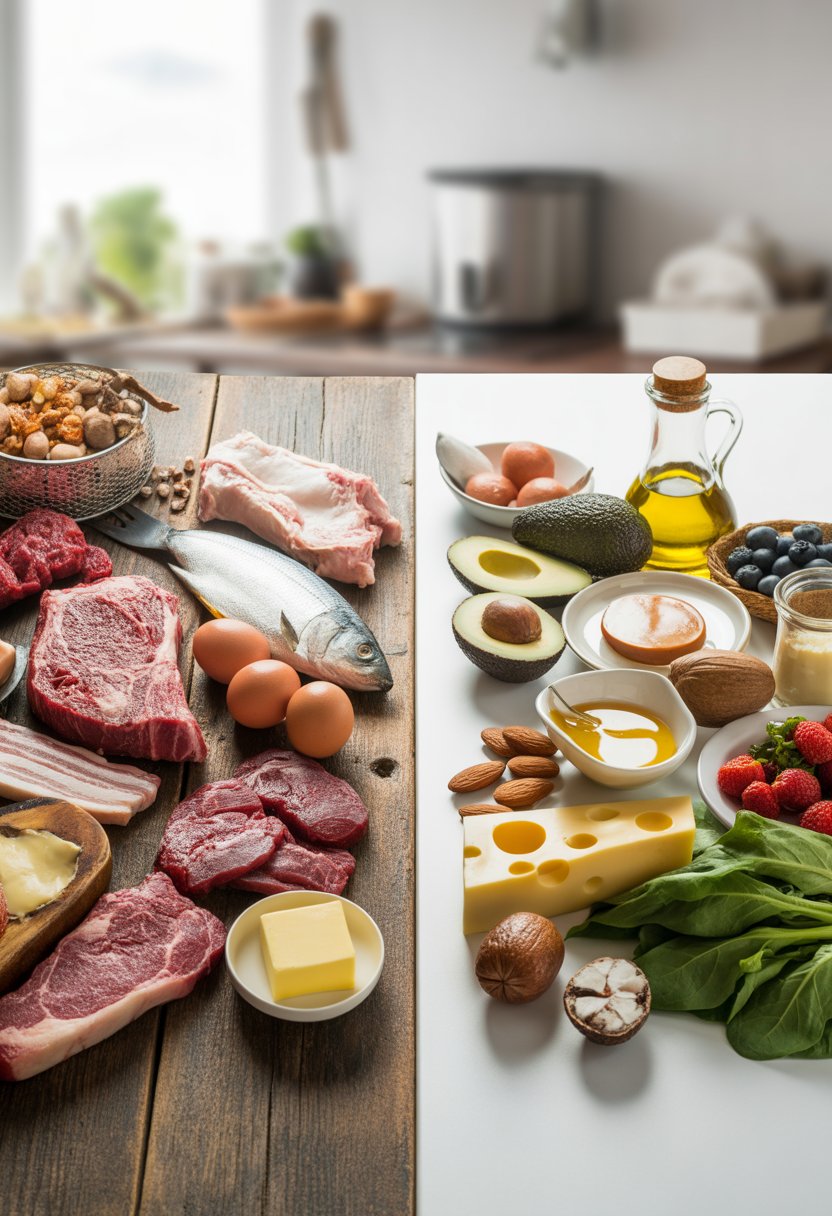
You might lean towards Carnivore if you want things super simple and plant-free. Keto’s there for you if you crave more variety but still want to keep carbs low. It helps to know the basics before you dive in and pick what matches your goals or habits.
Both diets can lead to weight loss and more energy, but they don’t work the same way. As you go further, you’ll see what sets them apart and where things can get tricky.
Understanding the Carnivore and Keto Diets
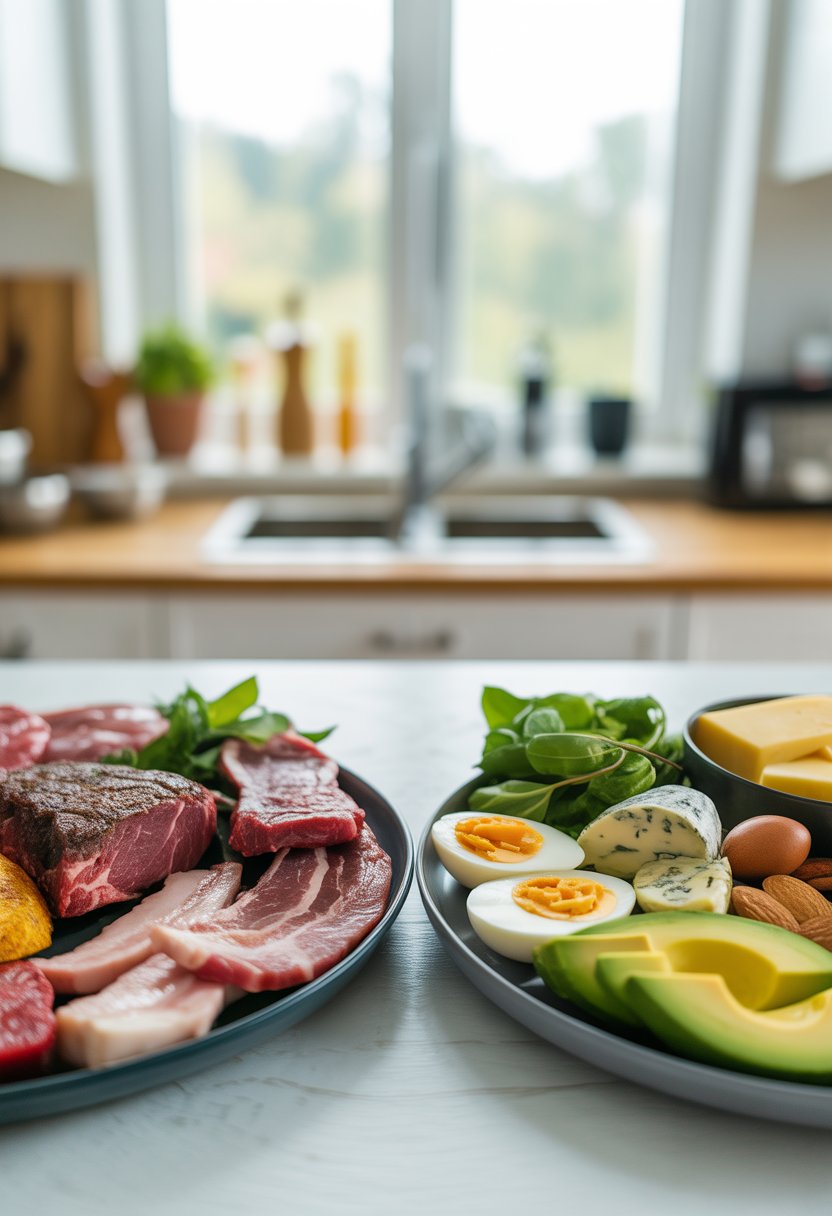
These diets both cut carbs, just not in the same way. Your meals, your protein and fat balance, and your grocery list will look pretty different depending on which one you pick.
What Is the Carnivore Diet?
The carnivore diet is all about animal-based foods. You eat meats like beef, pork, chicken, and fish. Organ meats, like liver, show up a lot too. No plants—so forget veggies, fruits, nuts, or grains.
It’s a zero-carb setup: you skip carbs altogether. Nearly all your calories come from protein and animal fats. Some people toss in dairy if it doesn’t bother them.
Honestly, it’s about as simple as it gets. The food list is short, mainly ruminant meat and eggs. You cut out all plant foods to see if you feel better. The whole idea is to go all-in on animal products.
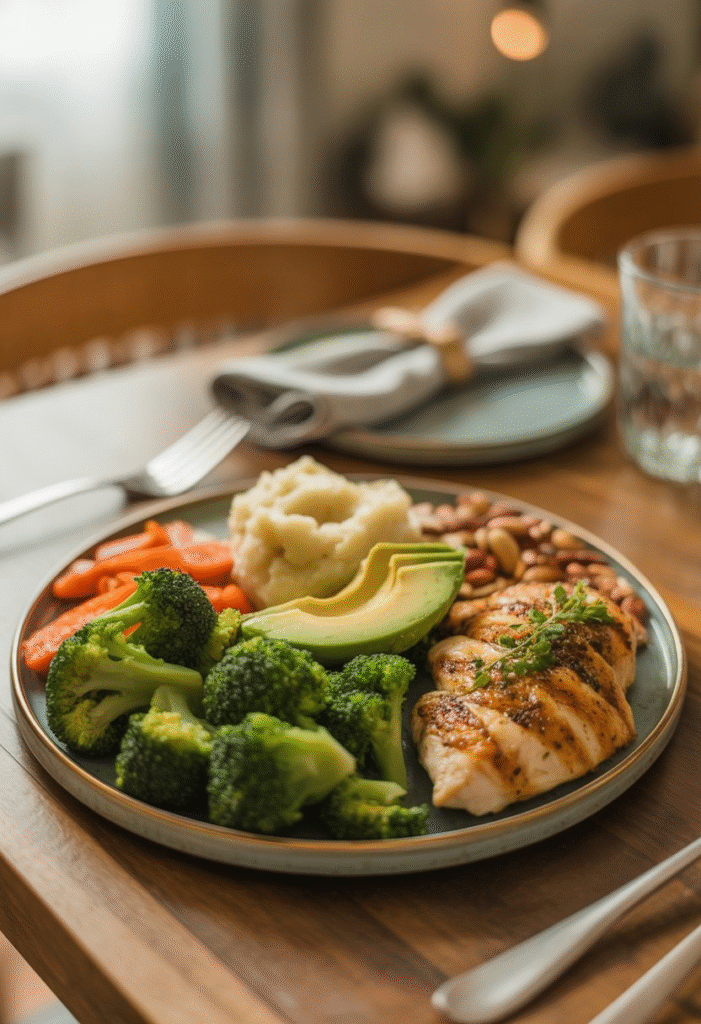
What Is the Keto Diet?
Keto takes a low-carb, high-fat approach. You drop most carbs but still eat some veggies like spinach or broccoli, plus nuts and a bit of dairy.
The main goal? Hit ketosis. That’s when your body flips from burning carbs to burning fat for fuel. So, your meals are high in fat, moderate in protein, and super low in carbs.
You get your fats from avocados, butter, oils, meats—you name it. But you keep protein in check so you don’t mess up ketosis. Keto gives you more food choices than carnivore, thanks to the plant-based options.
Core Differences Between Carnivore and Keto
| Aspect | Carnivore | Keto |
|---|---|---|
| Food Choices | Only animal-based (meats, organ meats, seafood) | Mostly fat & protein from meat + low-carb veggies, nuts, dairy |
| Carbohydrate Intake | Zero carbs | Very low carbs (usually <50g/day) |
| Fat Consumption | Animal fat only | Healthy fats from animal and plants |
| Protein Intake | High protein | Moderate protein to maintain ketosis |
| Meal Plan | Very simple, limited food list | More variety in food choices |
| Dietary Focus | Elimination diet, zero-carb | Ketosis for fat-burning |
Carnivore’s stricter, maybe even easier to stick to if you like routine. Keto’s got more room for different foods, but you’ll have to pay attention to your macros.
Comparing Benefits, Risks, and Results

Both plans cut carbs and bump up fat, but your daily meals, and how your body responds, can feel totally different. You might drop pounds fast either way, but the impact on your metabolism, health risks, and just how doable these diets are can be all over the place.
Weight Loss and Metabolic Changes
With both diets, people often see quick weight and fat loss. Keto keeps you in ketosis by capping carbs at around 20-50 grams a day, so your body burns fat for energy. That can boost insulin sensitivity and keep blood sugar levels steadier, which is helpful if you deal with type 2 diabetes.
The carnivore diet almost never includes carbs, focusing on meat and animal fats. Many folks say they get rapid fat loss, plus mental clarity and steady energy—probably because their blood sugar doesn’t bounce around.
Both diets drop insulin levels and help smooth out blood sugar swings. Keto might give you a bit more control, though, since you’re still getting some fiber and nutrients from veggies.
Nutrition, Health, and Potential Risks
Keto’s a bit more balanced, since you get vitamins and minerals from low-carb veggies. There’s some fiber and extra plant nutrients, which are good for gut health and tamping down inflammation. Still, you might need to add electrolytes or supplements to cover any gaps.
Carnivore skips plant foods, so you miss out on fiber, certain vitamins, and antioxidants. That could bump up your health risks, like heart issues or more oxidative stress. Some people mention digestive problems or worry about missing nutrients over time.
Cholesterol’s a mixed bag. Keto usually raises HDL (“good” cholesterol), but carnivore’s heavy fat load might push up LDL (“bad” cholesterol) for some. Definitely something to keep an eye on with your doctor.
Lifestyle, Adaptation, and Long-Term Sustainability
Keto usually comes with an annoying adaptation period people call the “keto flu.” You might feel wiped out or get headaches for a bit. On the bright side, you’ve got a decent mix of foods, plants, cheese, nuts, so you’re less likely to get bored or crave something off-limits.
Carnivore’s first stretch? Honestly, it’s rough. Cutting out almost everything but meat can leave you dizzy or dragging your feet. The limited options get old fast, and with no fiber, your digestion might rebel a little.
Keto tends to fit better if you like eating out or want a little balance. Carnivore’s more for folks who crave simplicity and don’t mind the monotony. It really comes down to your own goals and what you can actually stick with day after day.
